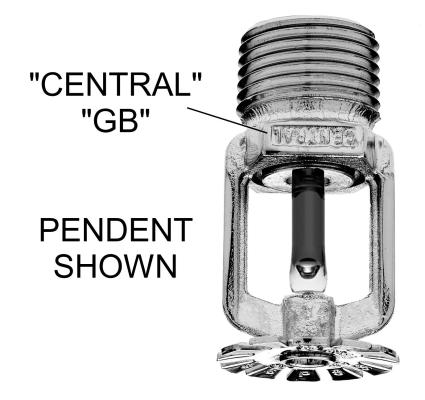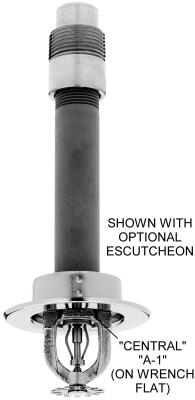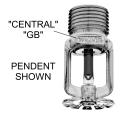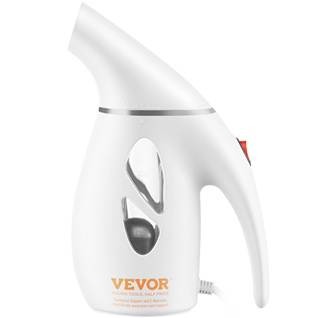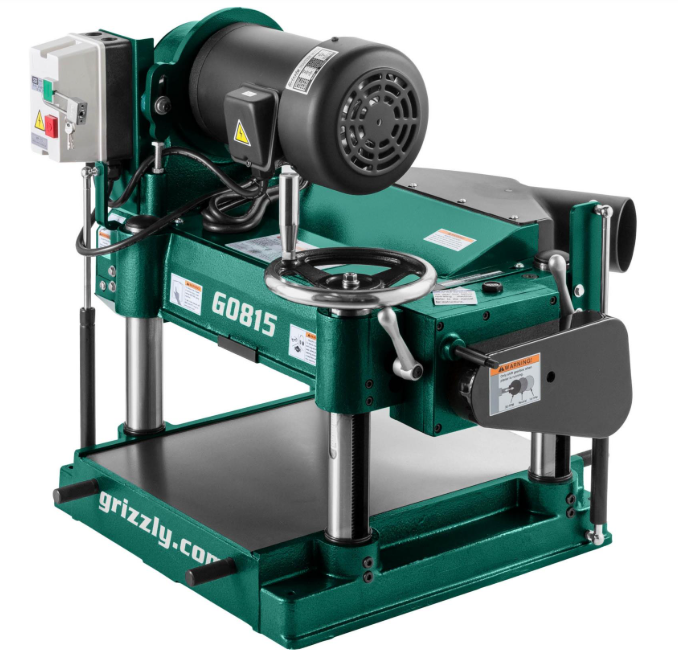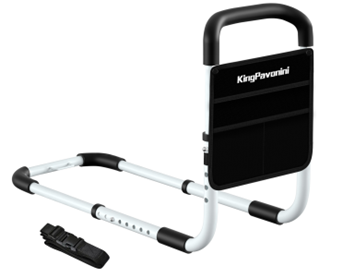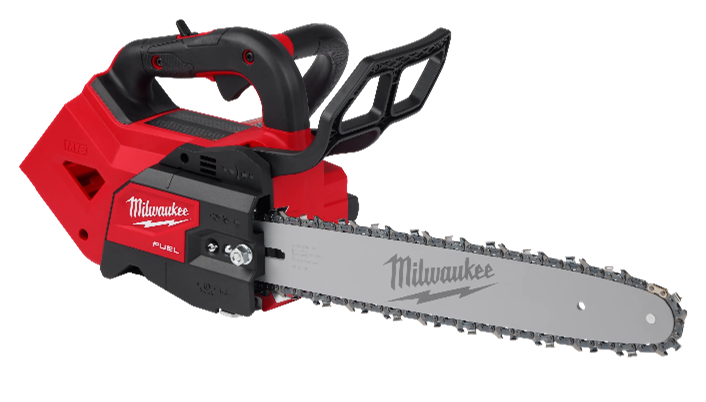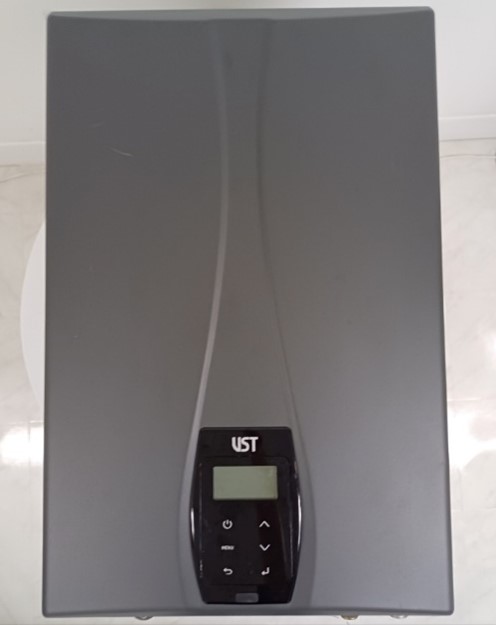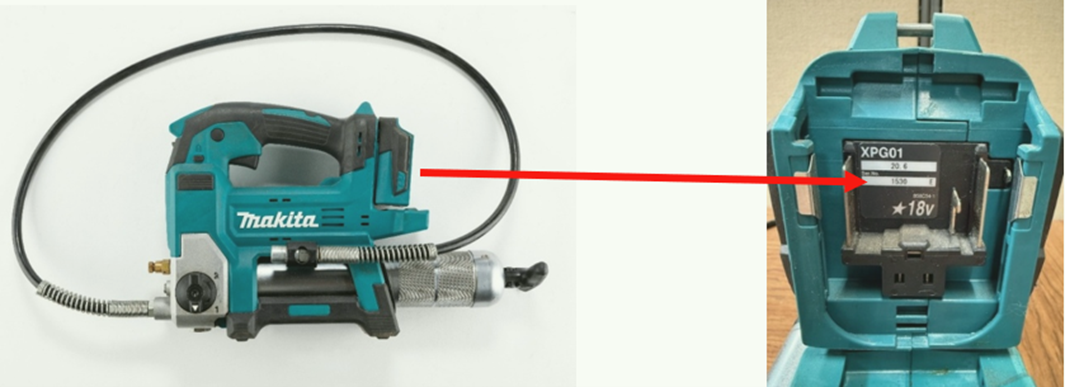Note: there is an update to this voluntary recall. Also note: replacement program ends August 31, 2007.
These sprinkler heads can corrode or minerals, salts and other contaminants in water can affect the rubber O-ring seals. These factors could cause the sprinkler heads not to activate in a fire.
35 million
For further information, consumers may call CPSC's toll-free Hotline at 800-638-2772.
Recall Details
WASHINGTON, D.C.- The U.S. Consumer Product Safety Commission (CPSC), and Central Sprinkler Company, an affiliate of Tyco Fire Products LP, of Lansdale, Pa., are announcing a voluntary replacement program. The company will provide free parts and labor to replace 35 million Central fire sprinklers with O-ring seals. The program also includes a limited number of O-ring models sold by Gem Sprinkler Company and Star Sprinkler, Inc. totaling about 167,000 sprinkler heads.
Central initiated this action because it discovered the performance of these O-ring sprinklers can degrade over time. These sprinkler heads can corrode or minerals, salts and other contaminants in water can affect the rubber O-ring seals. These factors could cause the sprinkler heads not to activate in a fire. Central is providing newer fire sprinklers that do not use O-ring seals, and is voluntarily launching this program to provide enhanced protection to its sprinkler customers. This is the third largest replacement program in CPSC history.
"I am pleased that Central is voluntarily undertaking this major program proactively to replace sprinklers nationwide and protect consumers from the risk of fire," said CPSC Chairman Ann Brown.
Central will provide free of charge replacement sprinkler heads and the labor needed to replace the sprinklers. Central will arrange for the installation by using either its own Central Field Service crews or by contracting with professional sprinkler contractors.
This replacement program includes two kinds of sprinklers, "wet" and "dry." "Wet" sprinklers are installed in piping that is filled with water. "Dry" sprinklers are used in areas that may be exposed to very cold temperatures and the exposed piping does not contain water. Central has received 4 reports of "wet" sprinklers failing to activate during a fire and 9 similar reports on "dry" sprinklers. These incidents resulted in two property damage claims against Central.
The sprinklers were installed nationwide in a wide variety of buildings, including houses, apartments, hospitals, day care facilities, schools, dormitories, nursing homes, supermarkets, parking garages, warehouses, and office buildings.
Central manufactured 33 million "wet" sprinklers with O-rings from 1989 until 2000 that are covered by this program. Central also manufactured 2 million "dry" sprinklers with O-rings from the mid-1970's to June 2001 that are covered by this program. The program also covers 167,000 sprinklers with O-rings manufactured by Gem Sprinkler Co. and Star Sprinkler Inc. from 1995 to 2001. A listing of all the models covered under this voluntary replacement program is attached to the end of this release.
The fire sprinkler heads have the words "CENTRAL" or "STAR", the letters "CSC", the letter "G" in triangle, or a star-shaped symbol stamped on either the metal sprinkler frame or on the deflector. The model designation and date may also be stamped on the frame or deflector. The deflector is the flower, or gear-shaped metal piece at one end of the sprinkler head.
Laboratory testing has indicated that most of the heads would operate in a fire situation, but certain tested heads required higher water pressure to activate than may be available in particular buildings. Due to the number of sprinklers involved, this program will be phased in, with priority based on the age of the sprinklers, the population affected (e.g., buildings such as nursing homes and hospitals will be given priority), and whether the sprinklers show signs of corrosion or leakage. This program puts in place an orderly process that serves the public interest.
Building and home owners should check their fire sprinklers immediately to see if they are part of this voluntary replacement program. For more information on how to identify sprinklers subject to this program and to learn how to participate in this program, call the Notice Packet Request Line at 1-800-871-3492 24 hours a day, 7 days a week or access the program's web site at www.SprinklerReplacement.com.
The Commission is currently working with the sprinkler industry to improve sprinkler reliability and upgrade existing standards and codes.
The Commission and Central emphasize that for sprinkler systems to be effective, they must be regularly inspected, and maintained like a building's heating, cooling, electrical and elevator systems. In addition, the most recent industry standards state that dry sprinkler heads should be tested, and replaced if necessary, at least every 10 years. Central believes all fire sprinkler heads should be tested no later than 10 years after installation, and depending on water quality and other factors, more frequent testing may be appropriate.
Central is also contacting foreign governments to facilitate the replacement of these O-ring sprinklers that may be installed in their countries.
Consumers should always take precautions to make sure they are fully protected from a fire, even if they have fire sprinklers in their homes. There should be at least one fully operational smoke detector on every floor of a home, especially near bedrooms. To ensure that the detector's batteries are working, test the detector every month. Consumers also should have a well defined and rehearsed escape plan and an alternate escape plan in the event of a fire. A free copy of "Your Home Fire Safety Checklist" is available from CPSC by calling (800) 638- 2772, or by writing to CPSC, Washington, D.C. 20207.
| AFFECTED MODELS CENTRAL "WET" SPRINKLERS (Manufactured from 1989-2000) | |||||
|---|---|---|---|---|---|
| GB | GB4-FR | GB-R1 | BB2 | ELOC | ELO-GB QR |
| GB-J | GB4-EC | GB-RS | BB3 | ESLO | LD |
| GB-1 | GB4-QREC | GB-R | SD1 | ELO SW-20 | K17-231 |
| GB-ALPHA | GB-20 | ROC | SD2 | ELO SW-24 | Ultra K17 |
| GB4 | GB-20 QR | BB1 17/32 | SD3 | ESLO-20 GB | ELO-16 GB |
| GB-QR | GB-LO | BB2 17/32 | HIP | ELO-231 GB | GB MULTI-LEVEL |
| GBR-2 | LF | BB3 17/32 | WS | ELO-GB | GB-QR MULTI-LEVEL |
| GB-EC | GBR | BB1 | ELO-LH | ELO-231 GBQR | ELO-16 GB FR |
| CENTRAL "DRY" SPRINKLERS (Manufactured from Mid-1970s-2001) | |||
|---|---|---|---|
| A-1 | GB | GB4-EC | ELO-16 GB |
| H-1 | GB-QR | GB4-QREC | ELO-16 GB FR |
| J | GB4 | ELO-231 GB | |
| K | GB4-FR | ELO-GB QR | |
| GEM "WET" SPRINKLERS (Sold under Gem name from 1995-2001) |
|---|
| F927 |
| STAR "DRY" SPRINKLERS (Manufactured from 1996-1998) | |
|---|---|
| ME-1 | SG |
| SG-QR | Q |
| Q-QR | |
Consumers can also view a video clip (transcript) about this recall. This is in "streaming video" format.
Central will provide free of charge replacement sprinkler heads and the labor needed to replace the sprinklers. Central will arrange for the installation by using either its own Central Field Service crews or by contracting with professional sprinkler contractors.
Note: Replacement program ended on August 31, 2007.
Central has received 4 reports of "wet" sprinklers failing to activate during a fire and 9 similar reports on "dry" sprinklers. These incidents resulted in two property damage claims against Central.
Note: Individual Commissioners may have statements related to this topic. Please visit www.cpsc.gov/commissioners to search for statements related to this or other topics.
If you are experiencing issues with a recall remedy or believe a company is being non-responsive to your remedy request, please use this form and explain the situation to CPSC.
The U.S. Consumer Product Safety Commission (CPSC) is charged with protecting the public from unreasonable risk of injury associated with the use of thousands of types of consumer products. Deaths, injuries, and property damage from consumer product-related incidents cost the nation more than $1 trillion annually. Since the CPSC was established more than 50 years ago, it has worked to ensure the safety of consumer products, which has contributed to a decline in injuries associated with these products.
Federal law prohibits any person from selling products subject to a Commission ordered recall or a voluntary recall undertaken in consultation with the CPSC.
For lifesaving information:
- Visit CPSC.gov.
- Sign up to receive our email alerts.
- Follow us on Facebook, Instagram, X, BlueSky, Threads, LinkedIn and Truth Social.
- Report a dangerous product or product-related injury on www.SaferProducts.gov.
- Call CPSC’s Hotline at 800-638-2772 (TTY 800-638-8270).
- Contact a media specialist.


